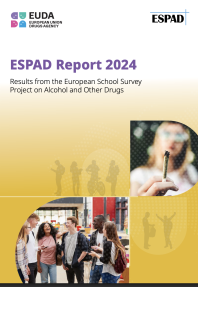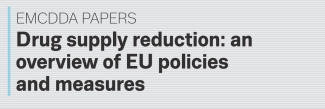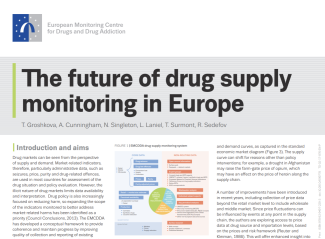
The European Union Drugs Agency (EUDA) is the leading authority on illicit drugs in Europe. Based in Lisbon, Portugal, the EUDA provides independent scientific evidence and analysis on all aspects of this constantly changing threat to individual lives and wider society. The EUDA contributes to EU and national policies to protect Europe's citizens from drug-related harms. It is an agency of the European Union.
Mission
Our new mission focuses on contributing to European Union (EU) preparedness on drugs through four main actions: anticipate, alert, respond, and learn.


